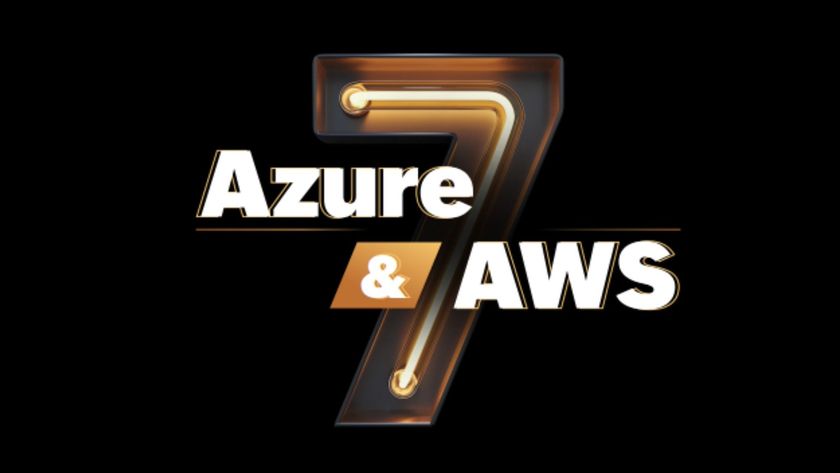Google maps worked well in the Atmos, with the rocker switch on the left mapping to the zoom in and out controls but the inability to make use of the GPS option was disappointing. Google Mail and Opera Mini Beta 4 are another two essential additions, and the movable zoom box on the latter, translates well to the non touch-screen interface.
Mobile Outlook is included and works well and with full Exchange support this device will be easily integrated into corporate IT departments. Word, Excel and PowerPoint Mobile are included, but I found it frustrating that I couldn't actually create documents on the phone though you can edit ones you transfer over. I did this and started writing the review on the device itself and while progress was slow I did produce over 300 words just using the phone. However, I wouldn't find it quick enough for taking notes on.
For video use, the phone was not quite so adept, despite installing the TCPMP Core Media player. The 400MHz ARM CPU running in a Qualcomm MSM7200 chipset should be well up to the job as it integrates an Imageon 2D/3D accelerator, but the lack of a Windows Mobile driver means video remains unaccelerated and unless you reencode to keep the resolution down it drops frames. This is a shame, as if you want to watch on the move you'll have to pack another device such as an iPod or PSP. I also had no luck watching video content on the BBC or You Tube.
Video aside, the Atmos proved to be a real winner for checking on email, web browsing and even general phone use. A major advantage over the O2 Stellar was battery life. On the Stellar I found that after heavy use the device didn't even have enough juice to get through the working day. The Atmos is far better in this regard though if you use the Atmos heavily you'll still find that you need to charge every night. What's pleasing though is that if your use is fairly light and you forget to plug in one evening, you'll still have a usable device in the morning, rather than a paperweight, as I found was the case with the Stellar.
That said, more than two days of low level from a 3G device would definitely be welcome. At least the 1050 maH battery is removable so you could pick up a spare should you wish for long distance travel away from a power socket, an option not afforded to iPhone users.
Verdict
The O2 Atmos is a great little package and though it does lack features it's the usability that really stands out. The lack of GPS means some will want to go for the larger Tytn II, but if you want a serious business device for use during the day and something you wouldn't mind taking down the pub in the evening this will hit the spot.
Size: 51 x 105.8 x 19.4mm
Weight: 150 g
Battery type: Li-ion 1,050 maH
Talk time (mfr: ) up to 5 hours
Standby time (mfr: ) 290 hours
GSM frequencies: quad-band 850, 900, 1800, 1900
3G/HSDPA: Yes, HSDPA (UMTS850, UMTS1900, UMTS2100)
Screen size: 2.4in
Resolution: 240 x 320 pixels
On-board memory: 64MB
Memory card type: microSD
Camera: 2-megapixels
Connectivity: Infrared, Bluetooth, Wi-Fi 802.11g
Benny Har-Even is a twenty-year stalwart of technology journalism who is passionate about all areas of the industry, but telecoms and mobile and home entertainment are among his chief interests. He has written for many of the leading tech publications in the UK, such as PC Pro and Wired, and previously held the position of technology editor at ITPro before regularly contributing as a freelancer.
Known affectionately as a ‘geek’ to his friends, his passion has seen him land opportunities to speak about technology on BBC television broadcasts, as well as a number of speaking engagements at industry events.














